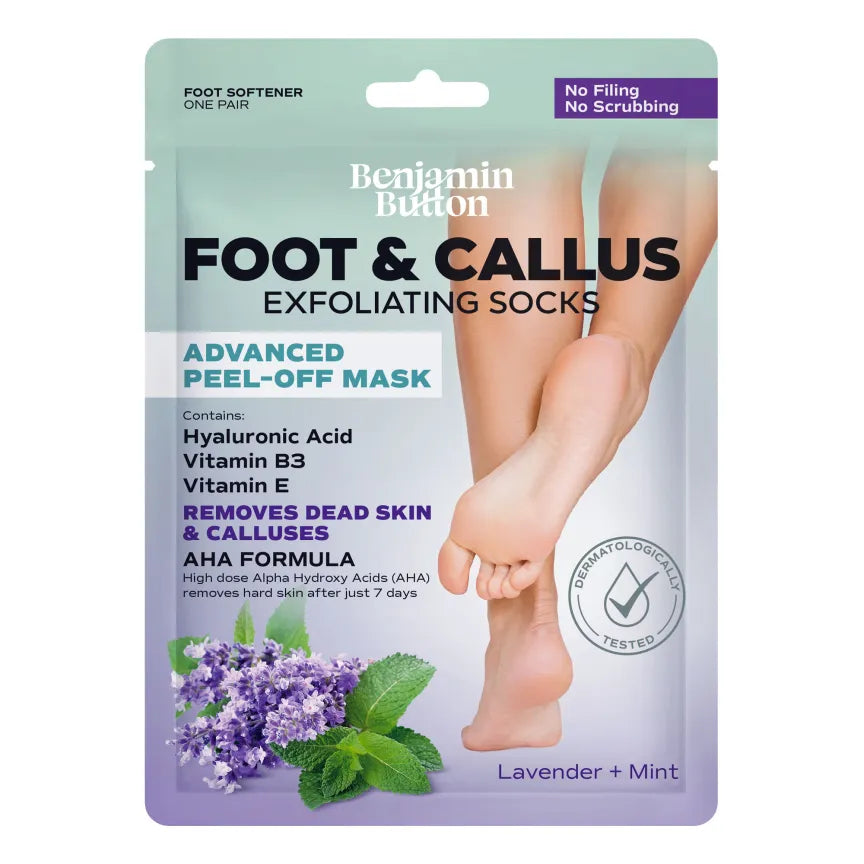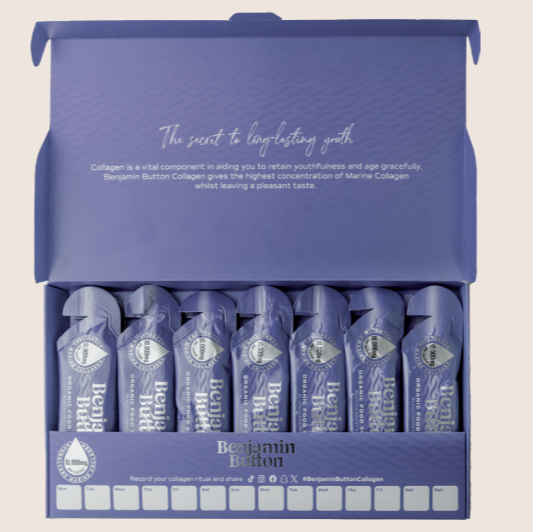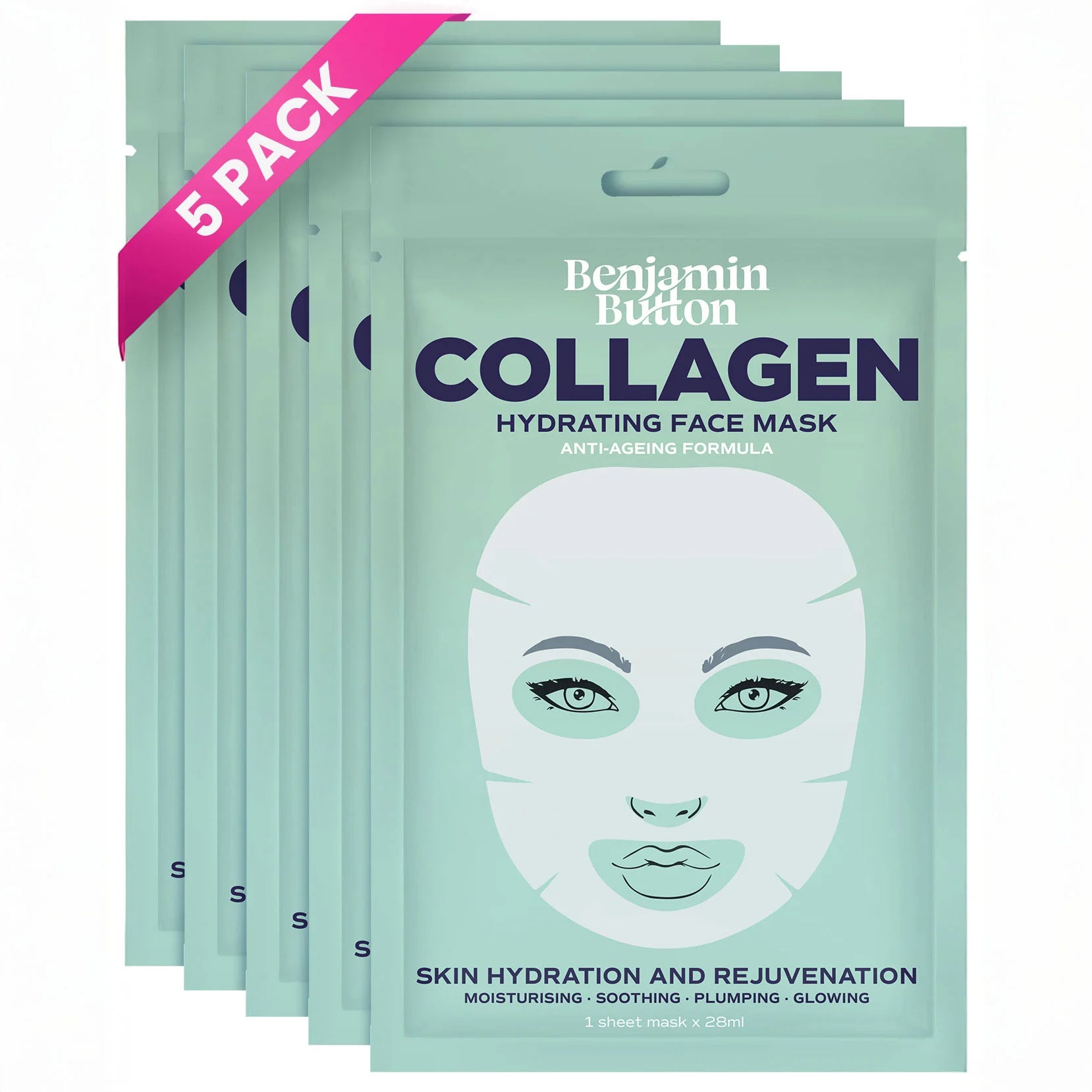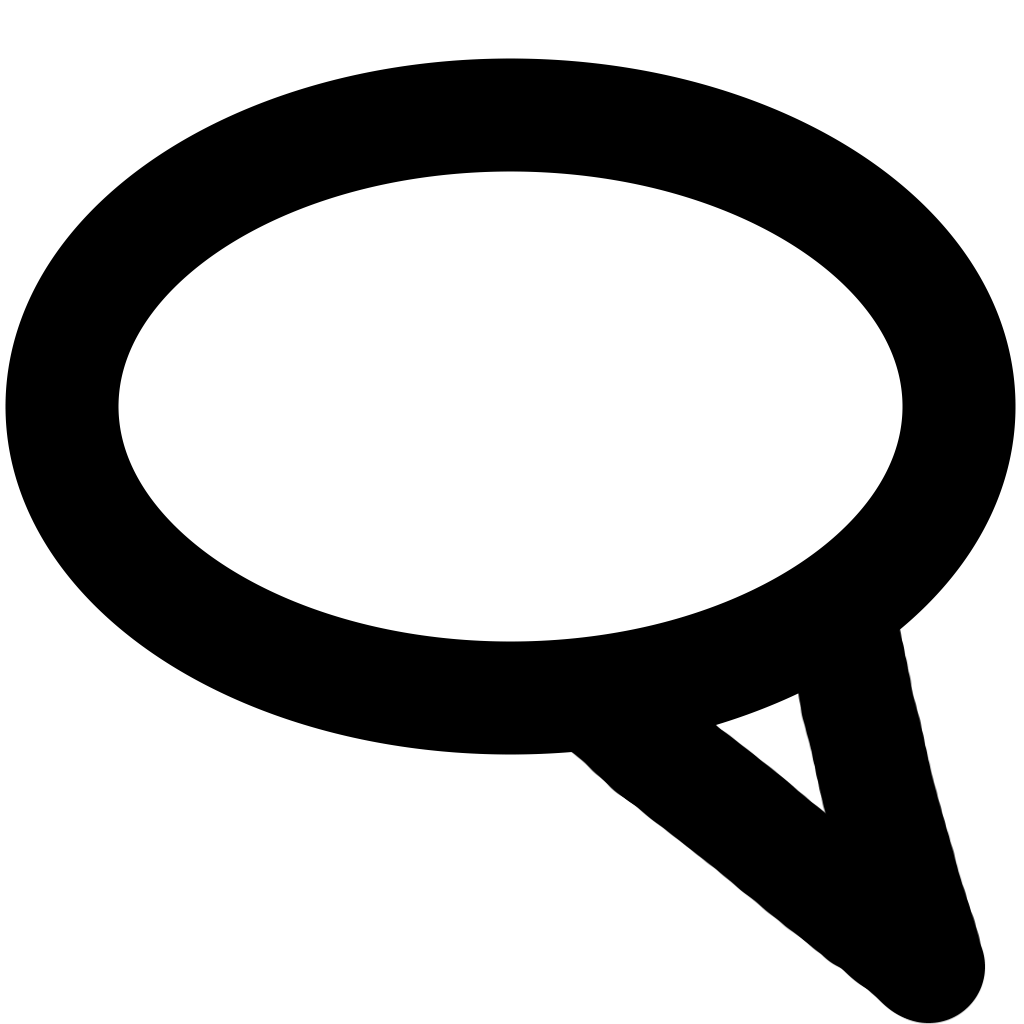Understanding Genetic Hair Loss and the Role of Red Light Therapy
Genetic hair loss, commonly known as androgenetic alopecia, is a prevalent concern that affects both men and women. While various treatments claim to address this issue, many individuals are increasingly leaning towards effective solutions like red light therapy (RLT). This method stands out for its scientifically-backed benefits, particularly in stimulating hair growth without harsh side effects.What is Red Light Therapy?
Red light therapy utilises low-level wavelengths of light, usually between 600 to 650 nanometers, which penetrate the skin to energise the cells. This energy enhances cellular function, ultimately promoting healing and regeneration. Its mechanism hinges on the stimulation of mitochondria, the energy-producing components within cells. When exposed to this red light, cells can function optimally, leading to improved circulation and nutrient delivery to hair follicles. With consistent use, RLT can foster a healthier environment conducive to hair growth, making it an incredible alternative for those dealing with genetic hair loss.The Benefits of Red Light Therapy for Hair Loss
When it comes to managing genetic hair loss, the advantages of red light therapy become evident:- Non-Invasive Treatment: Unlike surgical options or harsh medications, red light therapy is non-invasive, making it a comfortable choice for users.
- Minimal Side Effects: RLT is generally well-tolerated, with minimal risk of side effects, in contrast to pharmaceutical treatments that may lead to undesirable health concerns.
- Boosts Hair Density: Clinical studies demonstrate that RLT can lead to an increase in hair density and thickness over time.
- Improves Scalp Health: This therapy not only stimulates hair growth but also enhances overall scalp health, thereby reducing issues affecting hair follicles.
- Easy Integration: RLT devices, such as handheld units or caps, can easily be incorporated into daily routines without the need for specialised equipment or professional intervention.
Scientific Support for Red Light Therapy
Numerous studies underscore the efficacy of red light therapy in combating genetic hair loss. Research indicates that participants using RLT experience notable improvements in hair growth and thickness. This scientific backing lends credibility, making RLT a viable option for those seeking alternatives to traditional treatments.Key Studies and Findings
- A 2014 study published in the Journal of Cosmetic and Laser Therapy found that participants using RLT experienced a significant increase in hair count compared to a placebo group. - Another trial, published in the American Journal of Clinical Dermatology, concluded that red light therapy resulted in an increase in hair density after 24 weeks of treatment. - Furthermore, a meta-analysis evaluated multiple studies, concluding that RLT is effective within the treatment of androgenetic alopecia, with a high satisfaction rate among users. As highlighted by these findings, red light therapy does not simply provide hopeful promises; it delivers results that can change the lives of those grappling with genetic hair loss.Application and Best Practices for Red Light Therapy
To harness the power of red light therapy effectively, it is essential to adhere to certain guidelines to maximise results:Choosing the Right Device
Selecting a high-quality RLT device is paramount. Users should consider the following before making a purchase:- Wavelength: Ensure the device operates within the optimal red light wavelength range of 600 to 650 nm.
- LED Quality: Look for devices equipped with genuine LED technology to ensure that the light emitted is effective for therapeutic purposes.
- Coverage Area: Choose a device that covers a large enough area of the scalp to maximise the benefits.
Usage Guidelines
To achieve optimal outcomes from red light therapy, follow these suggested practices:- Frequency: Aim for at least three times a week for 20 to 30 minutes per session.
- Consistency: Like any treatment, consistency is key. Regular use over several months will yield the best results.
- Scalp Preparation: Clean the scalp properly before each session to enhance light penetration and efficacy.
- Patience: Results may take time. Allow several months before assessing the effectiveness of the therapy.
Complementing Red Light Therapy with Other Treatments
Although red light therapy presents remarkable benefits on its own, it can be successfully combined with other strategies for a more comprehensive approach:- Topical Treatments: Consider using minoxidil or other topical treatments in conjunction with RLT for synergistic effects on hair growth.
- Nutrition: Incorporating a balanced diet rich in vitamins and minerals can enhance overall hair health.
- Stress Management: Engage in stress-reducing practices such as yoga, meditation, or regular exercise, as they can positively impact hair health.






















